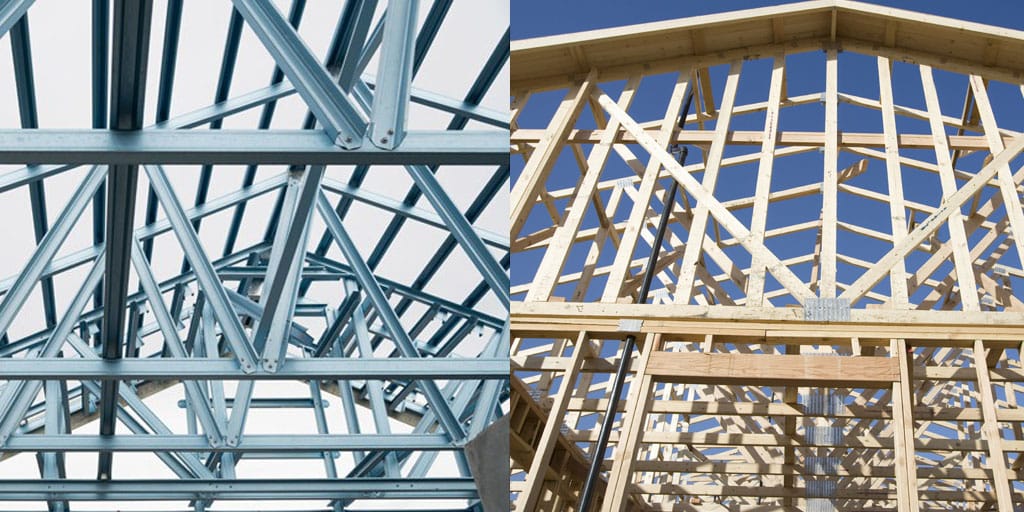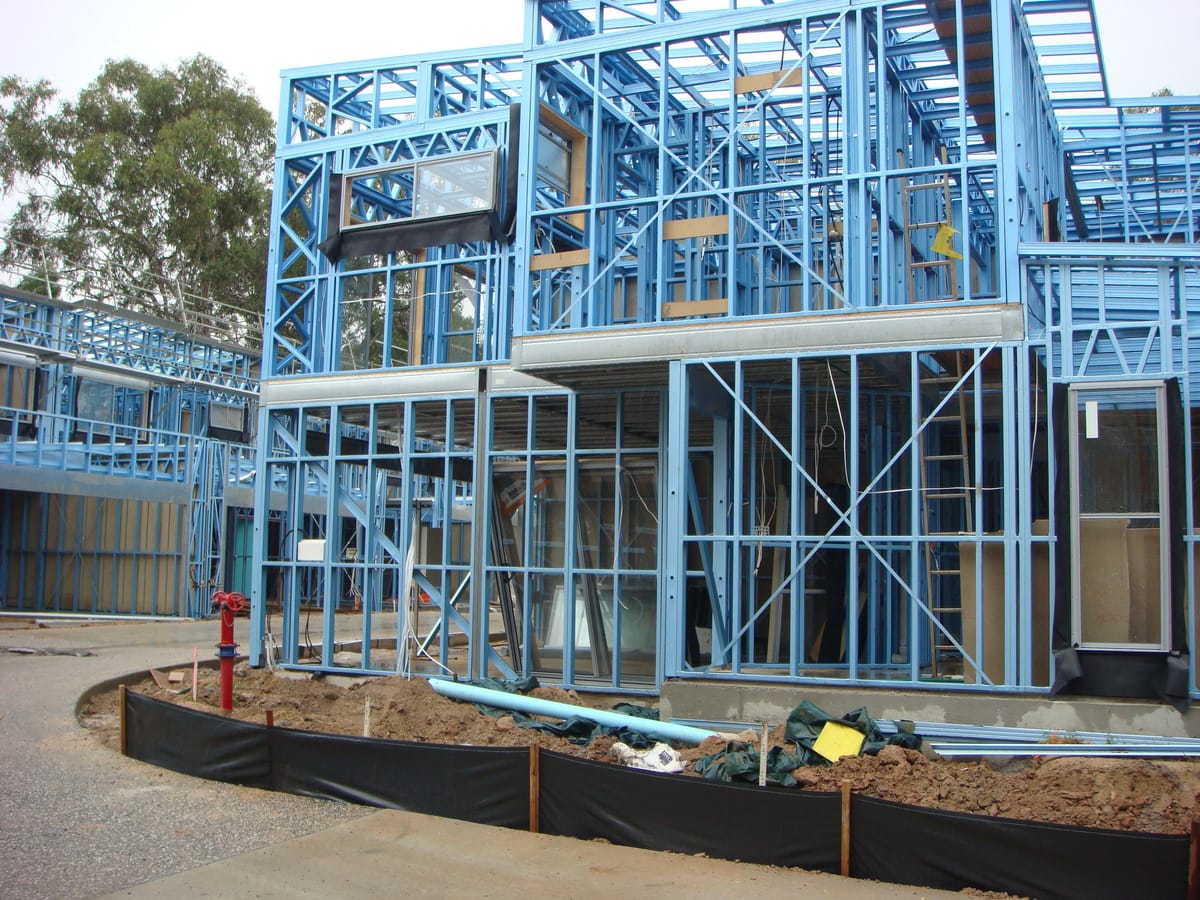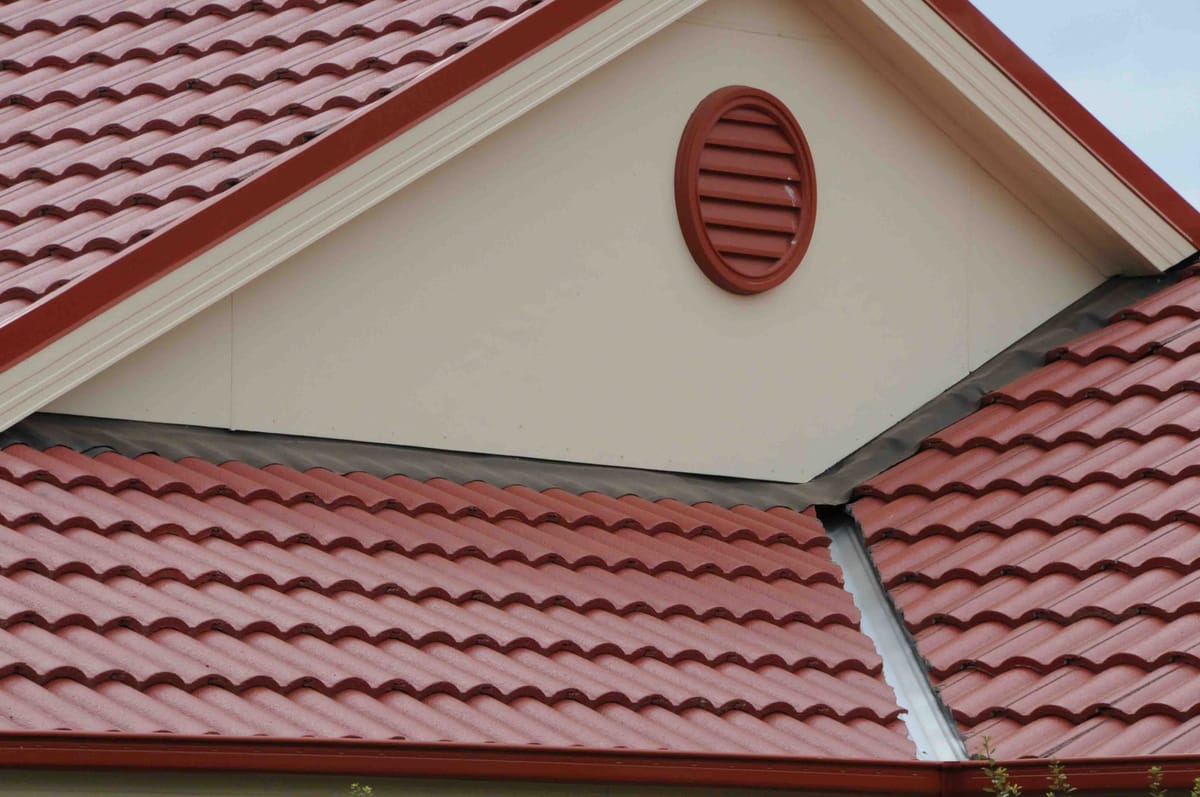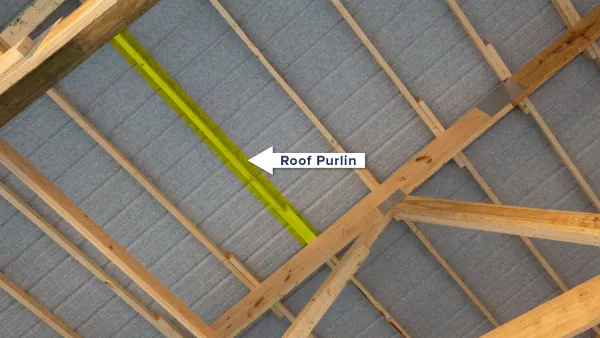Ever wondered how those towering skyscrapers and massive bridges are built to stand up to the elements? The secret is in the reinforced concrete - concrete’s faithful companion, steel. You’ve probably heard about reinforced concrete before but not given it much thought. Simply put, it’s concrete that has steel bars or mesh added to it. The concrete provides compressive strength but needs the steel to handle tension. Together they create a dynamic duo that allows for groundbreaking designs.
The steel reinforcement, known as rebar, is embedded within the concrete. As the concrete hardens around it, the two materials bond together, acting as one. The concrete protects the steel from corrosion and fire while the steel provides tensile strength. Reinforced concrete has become one of the most important building materials, enabling architects and engineers to push the boundaries of design. So next time you walk into a building or over a bridge, spare a thought for the concrete and steel working together behind the scenes. A perfect partnership that has quite literally shaped the world around us.
An Overview of Concrete and Steel Reinforcement
Concrete and steel reinforcement have a symbiotic relationship in residential building construction. Concrete provides compressive strength but lacks tensile strength. Steel reinforcement adds tensile strength to concrete. Together, they allow for the construction of sturdier buildings.
Concrete is made from a mixture of cement, sand, gravel and water. Once hardened, it's great at handling compression - the weight of a structure pushing down. However, when forces pull in opposite directions (tension), concrete can crack.
That's where steel reinforcement comes in. Steel bars, called rebar, are embedded in the concrete. The steel carries the tensile loads, preventing cracks. Rebar also helps concrete maintain its shape before hardening.
The characteristics of both materials work in harmony. Concrete protects the steel from corrosion and fire. The steel gives concrete its tensile strength. By combining these materials, residential builders can achieve longer spans, more open floor plans and taller structures.
Steel and concrete have been used together in construction for over a century. As building techniques and materials have advanced, so too has our understanding of how to optimally combine these elements for maximum strength, durability and design flexibility. This partnership of concrete and steel has undoubtedly shaped the buildings we live and work in.
How Concrete and Steel Work Together in Construction
Concrete and steel are the dynamic duo of residential construction. On their own, concrete provides compression strength but little tensile strength, while steel reinforcing bars (rebar) provide tensile strength but corrode easily. Together, they create a powerhouse building material.
How They Work Together
Concrete surrounds the rebar, protecting it from the elements while the rebar provides concrete with much-needed tensile reinforcement. The rebar's strength prevents the concrete from cracking under pressure. This symbiotic relationship allows for the construction of high-rise buildings, bridges, and homes.
Without rebar, concrete would crumble under its own weight. The rebar acts as a skeleton, providing support and shape. As the concrete sets around the rebar, the materials bond together, allowing them to withstand significant pressure and weight. They distribute weight and stress, preventing collapse.
The characteristics of both materials complement each other perfectly. Concrete is a hard, durable substance with poor tensile strength, while steel is highly tensile but susceptible to corrosion. Combined, they create a resilient building material that can stand the test of time.
Next time you see a concrete building or structure, look closely - that concrete hides a sturdy steel frame that makes it all possible. This clever combination of materials built the modern world we live in. Not bad for two simple components working together!
The Benefits of Using Concrete and Steel Reinforcement
Concrete and steel reinforcement work together in residential construction to provide many benefits.
Strength
Concrete on its own can withstand compression, but not tension. By embedding steel rebar or mesh into the concrete, it gains strength under tension and bending forces. The steel carries the tensile loads, while the concrete handles the compressive forces. This allows for much stronger and longer-lasting structures.
Flexibility
While concrete is rigid, steel is flexible. Their combination results in a material that is durable yet pliable. This means reinforced concrete can bend without breaking, enabling the construction of beams, slabs, columns and foundations that provide sturdy yet dynamic support.
Cost-Effectiveness
Using concrete and steel in tandem is an affordable construction method. Concrete is inexpensive, and the steel reinforcement adds strength without significantly raising material costs. This results in structures that are budget-friendly yet long-lasting.
Fire Resistance
On its own, steel loses strength when exposed to high heat and can fail. However, encasing the steel in concrete provides fire resistance. The concrete insulates the steel and prevents it from weakening, allowing reinforced concrete buildings to maintain their integrity in the event of a fire.
Low Maintenance
Once constructed, reinforced concrete requires little maintenance. The alkaline environment of the concrete protects the embedded steel from rusting or corroding. As long as the concrete remains intact, the steel reinforcement can last for decades without needing repair or replacement. This results in durable, low-maintenance buildings and infrastructure.
By combining the compressive strength of concrete with the tensile strength of steel, reinforced concrete provides an affordable, durable, and fire-resistant building material. This time-tested partnership has proven invaluable for residential construction.
Conclusion
Concrete and steel, a duo that's been supporting our homes and structures for decades. Though different materials, their partnership creates a powerful combination. The concrete provides compressive strength while the steel brings tensile strength. Together they overcome the weaknesses of the other, allowing for versatile and durable building designs.
Next time you're in a residential house, take a moment to appreciate the concrete floors under your feet and the steel beams over your head holding it all up. An unlikely pairing on the surface, but a match made to last when it comes to building. Understanding the relationship between these fundamental materials gives you a deeper appreciation for the thought and engineering that goes into creating spaces we live in.


















